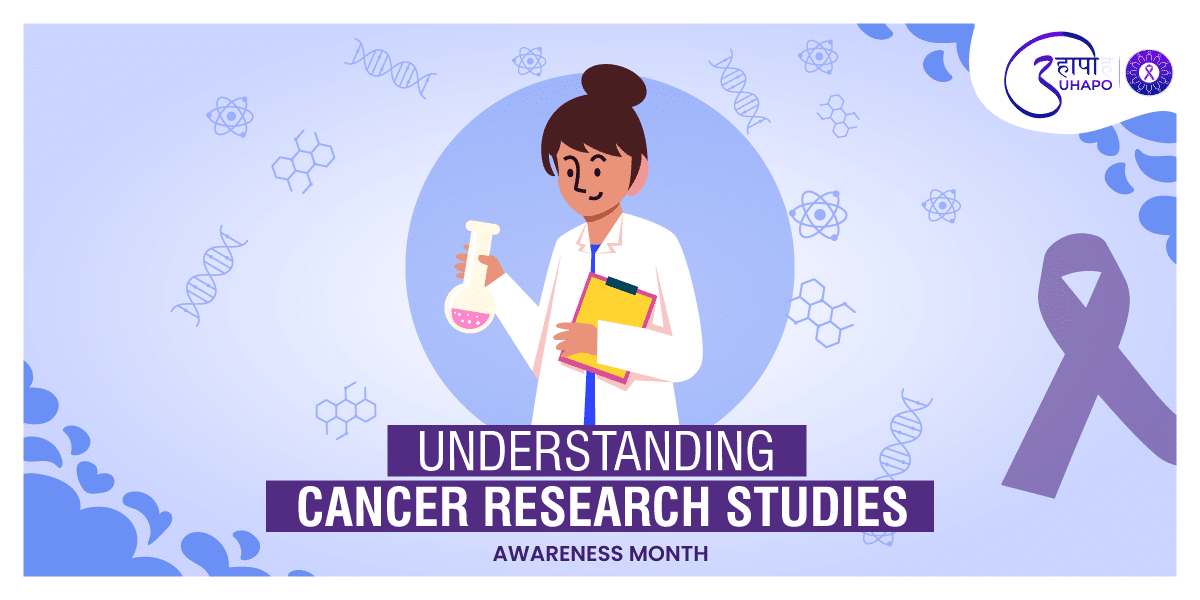Unlocking the Puzzle: Understanding Cancer Research Studies
May marks National Cancer Research Month, a time to celebrate the strides made in understanding, treating, and preventing cancer. Understanding cancer research studies and their publications can be challenging despite the plethora of information available. In this blog, we’ll delve into the publication and formats of cancer research studies by shedding light on how they contribute to our fight against this formidable disease.
The Landscape of Cancer Research
Before heading deep into research papers, it is critical to first grasp the cancer research environment. Scientists throughout the world are working continuously to understand the complexity of cancer. Cancer research covers a wide range of topics, from understanding molecular causes to discovering innovative treatments that need to be uncovered to increase future treatment possibilities.
Publication Process: From Bench to Paper
A cancer research study undergoes a thorough process from the laboratory bench to publishing. It usually starts with researchers running experiments, collecting data, and analyzing the outcomes. Once they have gathered significant results, they write a manuscript describing their research.
Peer Review: The Gold Standard
Peer review is performed on research studies before they are published. This rigorous process requires specialists in the field to critically evaluate the study’s methodology, results, and conclusions. Peer review maintains the quality and integrity of published research, making it the gold standard for scientific validation.
Types of Publications
Cancer research findings can be distributed in a variety of publication formats, each with a unique role in increasing scientific understanding and supporting clinical practice.
Original Research Articles – These articles reveal fresh results from research studies. They often have an organized framework with sections like introduction, methods, findings, and discussion. Original research articles offer unique insights into the most recent developments in cancer research.
Review Articles – These articles provide comprehensive analyses of existing studies on a specific area in cancer biology or treatment. They integrate findings from different studies, offering readers a more comprehensive grasp of the issue.
Editorials and commentaries – are brief publications that provide expert viewpoints on recent research findings or industry trends. Editorials and commentaries promote discussion and debate among researchers and practitioners.
Case reports – reflect unusual or uncommon cases of cancer diagnosis, treatment, or results. While case reports may not result in groundbreaking discoveries, but they will provide valuable insights into unusual manifestations of cancer and potential treatment approaches.
Navigating Research Findings: Understanding Key Metrics
When reading cancer research studies, it is essential to understand important parameters that assess the research’s significance and trustworthiness. The results include the following:
P-value – A measure of the likelihood that the reported outcomes happened by chance. A lower p-value suggests that the results are less likely to be caused by random fluctuation.
Confidence Interval – The range within which the genuine effect size is most likely to occur. Wider confidence intervals indicate more uncertainty in the estimate.
Hazard Ratio (HR) – Commonly used in studies of cancer prognosis or treatment outcomes, the hazard ratio compares the risk of an event (e.g., cancer recurrence) between two groups.
Number Needed to Treat (NNT) – Indicates how many patients need to receive a particular treatment for one patient to benefit. A lower NNT suggests that the treatment is more effective.
Understanding these criteria can help readers objectively evaluate research findings and determine their clinical value.
Challenges and Future Directions
While cancer research has made significant strides, several issues persist. The scientific community faces an array of challenges, including funding limits, limited data availability, and a reproducibility crisis. To accelerate progress in cancer research, we must work together and take innovative approaches to these challenges.
As we look ahead, emerging technologies like artificial intelligence and precision medicine have the potential to revolutionize cancer diagnosis and treatment. By utilizing interdisciplinary collaboration and leveraging the potential of big data, we can usher in a new era of personalized cancer care.
Conclusion
Cancer research papers are critical in expanding our understanding of this complex disease and enhancing clinical care. By being acquainted with the publication process, formats, and key metrics, we may better navigate the wide landscape of cancer research and contribute to the continuous search for effective prevention, detection, and treatment techniques. As we mark National Cancer Research Month, let us reaffirm our commitment to supporting and advancing scientific research in the battle against cancer.


7 Replies to “Understanding Cancer Research Studies”
November 26, 2024
August 6, 2025
December 29, 2024
August 6, 2025
August 15, 2025
August 21, 2025
August 26, 2025